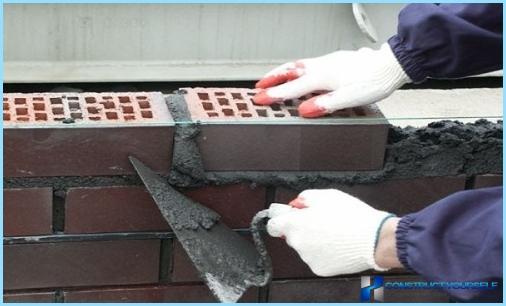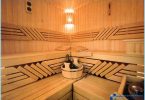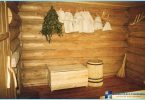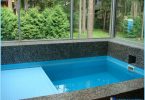The contents
As they say in Russian folk proverb: «Measure twice, cut once». This principle never gets old. Every Builder knows that before starting a particular job, you need to carefully calculate everything, to study and formulate a plan. What does it do? One of the reasons is to learn the right amount of consumable material, calculate how much it will cost, and purchase everything you need. If you are planning to build a house, you may be interested in the question, what is the solution flow rate at 1 mTwo bricklaying? After all, you have to buy all the components for the mixture such as sand, cement and other consumables. Please note that the quality of the finished walls is affected by such factors: the quality of the material and the quality of the solution. If the walls are built incorrectly, it may cause cold joints. It is therefore important to prepare a solution and apply desired amount. After reading this information, you will learn the flow of the solution for laying bricks.
A little about the factors influencing the consumption ↑
The solution – the link between the bricks. To produce build a wall impossible. It needs to be of high quality, properly prepared and have the appropriate consistency. One of the important points that need to be taken into account when calculating – it’s his kind of composition. The most common are 4 types of solution:
- Cement-sand mixture. It is composed of cement, sand and water. Such a composition can be called the most durable, if you adhere to the method of application. Not that there is a danger that it will crack.
- The limestone mixture. In its composition absent the cement, it is replaced by quicklime. The mixture is quite plastic and easy to work with. But there is one drawback – the rain will wash it easily. That is why it is used only for internal works.
- Mixed solution. The composition of this mixture is combined, and combines materials from the first two types. The result is a high quality solution, superior to the first two.
- The composition of the plasticizer. The sand fraction 2 mm and the cement is further mixed with a polymer additive that increases the plasticity.
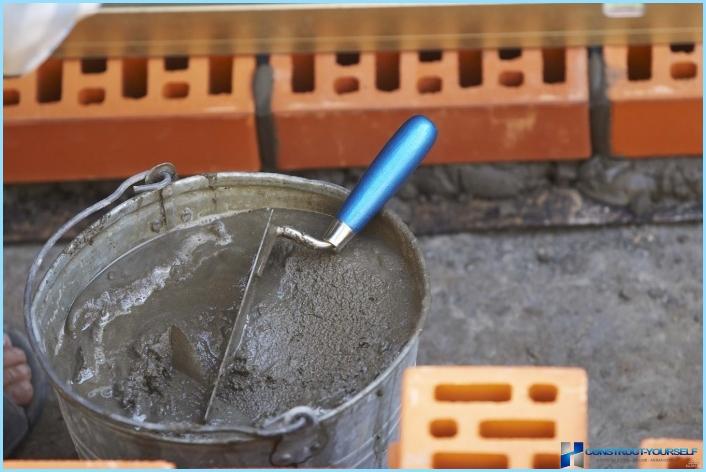
This is the most popular mixtures, which are used in construction. But you should know that not only do they affect consumption. An important factor is the brick. Its size, format, ability to absorb water and the presence of voids directly determine how much of the solution will be 1 mTwo bricklaying. In General, the cost of 1 mTwo is 0.2–0.25 mThree. It all comes down to the fact that the role played by the thickness of the wall, whether in a half-brick, one and a half or two. The greater the thickness, the greater the expense. The same applies to brick shape. For example, if it is large, the flow rate is reduced, if it is with holes, the flow rate is greatly increased. How is the calculation of mortar for bricklaying?
Consumption of the solution per 1 m3 ↑
To find the number of solution 1mThree bricklaying, consider these data. Soldier bricks has a size of 250?120?65. There are some standards that show how much solution you need per 1 mThree bricklaying:
- 0,189 mThree in the construction in a half-brick (120 mm);
- 0,221 mThree during the construction one (250 mm);
- Of 0.234 mThree during the construction of a one and a half (380 mm);
- 0,240 mThree during the construction of two, (510 mm);
- 0,245 mThree during the construction of a two and a half, (640 mm).
It turns out that 1 standard brick, have 0,0006305 mThree solution. If we translate this to liters, then 1 mTwo thickness 12 cm, crouches 75 litres of ready mix, and when the thickness is 1.5 bricks (380 mm), flow increases to 115 liters.
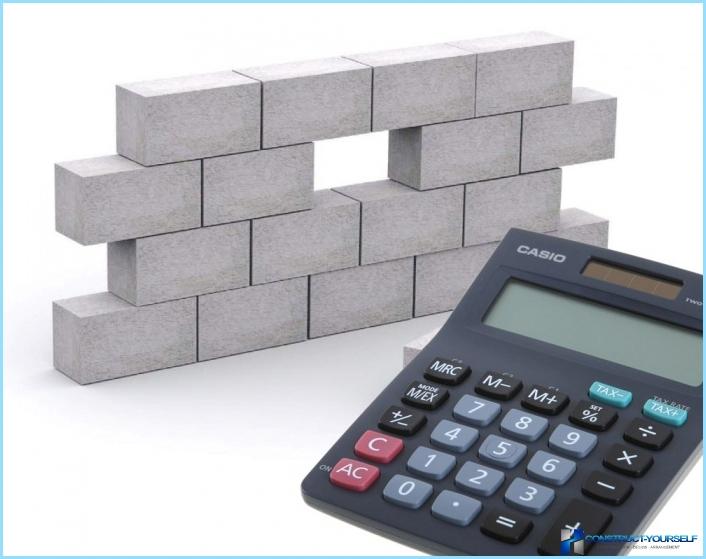
If we talk about the thickened products (modulated), when their dimensions 250?120?88, the flow is the following:
- 0,160 mThree composition, when working in a half-brick (120 mm);
- 0.20 mThree composition, when working in a single, (250 mm);
- 0,216 mThree composition, when working in half (380 mm);
- 0,222 mThree composition, when working in two, (510 mm);
- 0,227 mThree composition, when working in two-and-a-half (640 mm).
Based on these data, it is seen as the size of the material affects the flow of the solution on the cube of brick masonry. There is a certain regularity: the larger the area, the less is required of the composition. Knowing this data, you can prepare the right amount of mix for masonry. You have to calculate the total square footage and multiply it by the consumption per 1 mThree. Now you are prepared and can purchase material for the job. Below is a table that helps you to know the consumption of cement and additives, to obtain a perfect consistency of the composition.
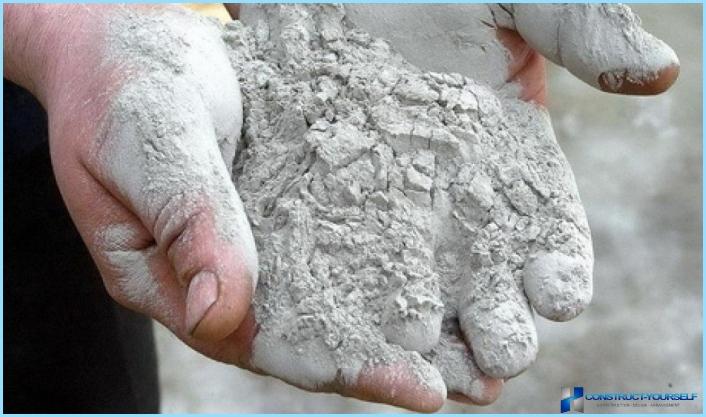
How to find out how many bags of cement to buy ↑
Now, let’s find out the consumption of cement per 1 mTwo bricklaying. For this, you must do 3 steps:
- To fully calculate the amount of masonry.
- To determine the amount of the required amount of the mixture.
- Given a selected ratio of components, calculate the amount of cement.
?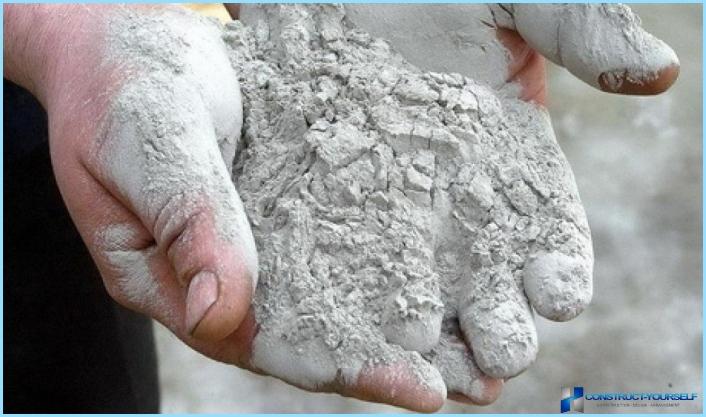
For example, you need to calculate how much cement will be spent on the construction of the exterior walls of the house, size 10?12 m. In this case, the height of the single storey building is 3.2 m, and the material used standard bricks 250?120?65 . The thickness of the walls selected 51 see now, paragraph 1 says that you want to know the total amount. From school we know the formula for finding volume: length of wall multiplied by the height and thickness. In our case it is the following indicators: (10+10+12+12) ? 3,2?0,51 = 71,808 mThree. It turns out that the required number is 71,808 mThree. It is time to know the total volume of the solution.
Based on the data given above, the consumption of ready mix per 1 mThree, when the wall thickness of 51 cm, is 0.240 inch mThree. Find out the total number is to multiply the volume of masonry in consumption per 1 mThree. Here’s what should go: 71,808 must be multiplied by 0.240 inch. Using a calculator, we get 17,233 mThree. This number indicates how many cement required for the work. From it is required to deduct only the amount of cement.
If the selected proportion is the ratio 1:3, we get the following: 17,233 you want to divide by 4. Now you know how much cement you need for a quality solution. This number is 4,308 mThree. Remains to go to the store and buy as many bags of cement as necessary. But the cement in cubic yards, not sell. Material packaged in bags of 25 or 50 kg, therefore it is necessary to translate our metric to kilograms. To do this, you need to know the density of the hardener. As a rule, the average figure is equal to 1300 kg/mThree. Calculate: 4,308?1300 = 5600 kg. Now, 5600 kg divided by 50 (number of kg in one bag) and the ow in 112 bags.
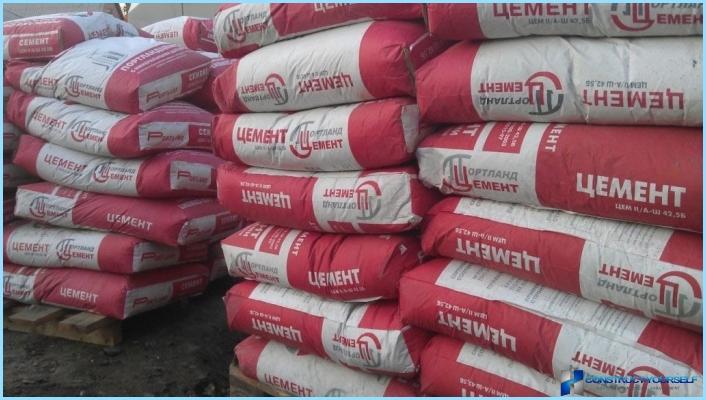
That’s all you understand, you only have to change the numbers, substitute your own, and make necessary calculations. All it takes is a calculator on hand and ready data. If you do everything right, then you can greatly save your money and to avoid that the stock will be extra materials.

